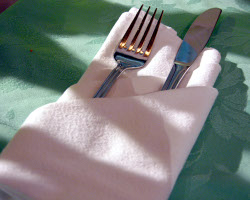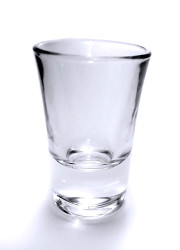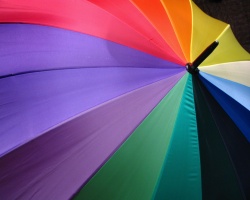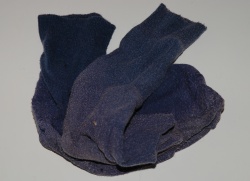How can I reuse or recycle yellowing napkins?
 We’ve had an email from frequent commenter Caroline:
We’ve had an email from frequent commenter Caroline:
I love your site and am always on there looking up new ideas. You have me rescuing other people’s umbrella’s from bins and saving all sorts of stuff that I previously would have thrown away. And sometimes I add my ideas but this time I am stumped.
Someone (knowing I like to reuse things) gave me a bag of yellowed cloth napkins. Some have the odd spot on that looks like the napkin served it’s duty but most just seem to have turned yellow all over. How can I reuse them? I could use them for rags but I save lots of other scraps for that. They are a sort of damask satiny material so not sure if they would dye? Could I bleach them? Would love to hear any ideas you have for reusing them.
The bleaching/dyeing question depends on what type of fabric they are – it’s best for napkins to be cotton to allow for furious washing/boiling out stains but of course that doesn’t mean that they all are. How Stuff Works has a pretty comprehensive guide to removing yellow stains from fabric but again, it depends on what type of fabric it is. Apparently the best way to identify fabric is to see how they burn – while it might be worth burning one to allow you to work with the rest, does anyone have any less destructive suggestions for finding out what fabric they are?
Any suggestions for reusing them – as things other than rags – in their current condition? I imagine the yellow is not uniform enough to pretend they’re supposed to be that colour – but any suggestions where the colour doesn’t matter?
(Oh and off topic but what the hey, frequent commenter and friend of Recycle This, Three Beautiful Things‘s Clare got married on Saturday – congrats to Clare & Nick, and I hope you have a wonderful life together. :))
























I’m not sure if this will work, but it did wonders for an old mattress. Test one napkin to see if it removes yellowing and stains: Fit a spray pump on a bottle of 3% hydrogen peroxide (the medical kind used for cleaning scrapes and cuts), Spray the item until it is wet, but not soggy, all over. Spread baking soda over the surface and let dry. Do not dry in the sun.
I would try to dye them with turmeric — which never comes out, and you’d have uniformly yellow/gold napkins!
If they aren’t too lightweight, I like to use napkins as a backing for embroidered inserts and patches. Many napkins, whether natural or synthetic fibers, are very evenly and firmly woven and make great foundation cloth for many sorts of embroidery and even painting. In many cases, once the piece is finished the background cloth is not seen at all!
Natural fibers can be easily dyed, and usually safely bleached. Synthetics can be rather difficult to dye or bleach. Turmeric and other plant-based dyes like tea are rarely permanent on polyester or acrylic fibers but work fine on nylon, which dyes like wool or silk. If you don’t know the fiber content of the napkins (or any piece of fabric or fiber), you can do a burn test. That’s just what it sounds like; you’re supposed to use a one inch sample and set it on fire, but I’ve done it with a few long threads pulled from seam allowances as well. Difficult to dye synthetics generally smell like melting plastic when burned, especially polyester.
http://www.fabrics.net/fabricsr.asp gives more information about burn testing.
When we lived in Northern Zululand and my kids were in nappies the water quality was terrible. All the Nappies went brownish. My nanny soaked them in hot water and ‘sunlight soap’ overnight – I wonder if you have something like it. It is as pure a soap as one can get for laundry, it is green and comes in a big oblong block, nothing fancy? Anyhow, my nappies were bright white in no time. We dried them after washing in the sun.
She also managed to get those age spots out of a Damask tablecloth with a combination of the above, and then the stubborn ones were sprayed with lemon juice and laid out in the sun. This dealt with the spots very nicely.
Hope this helps.
Synthetics don’t change colour, so I assume they are damask.
Bleach them. Try one and see.
Before anything, soak them a few hours in soapy warm water. This will help to loosen a bit the residues.